Our choices
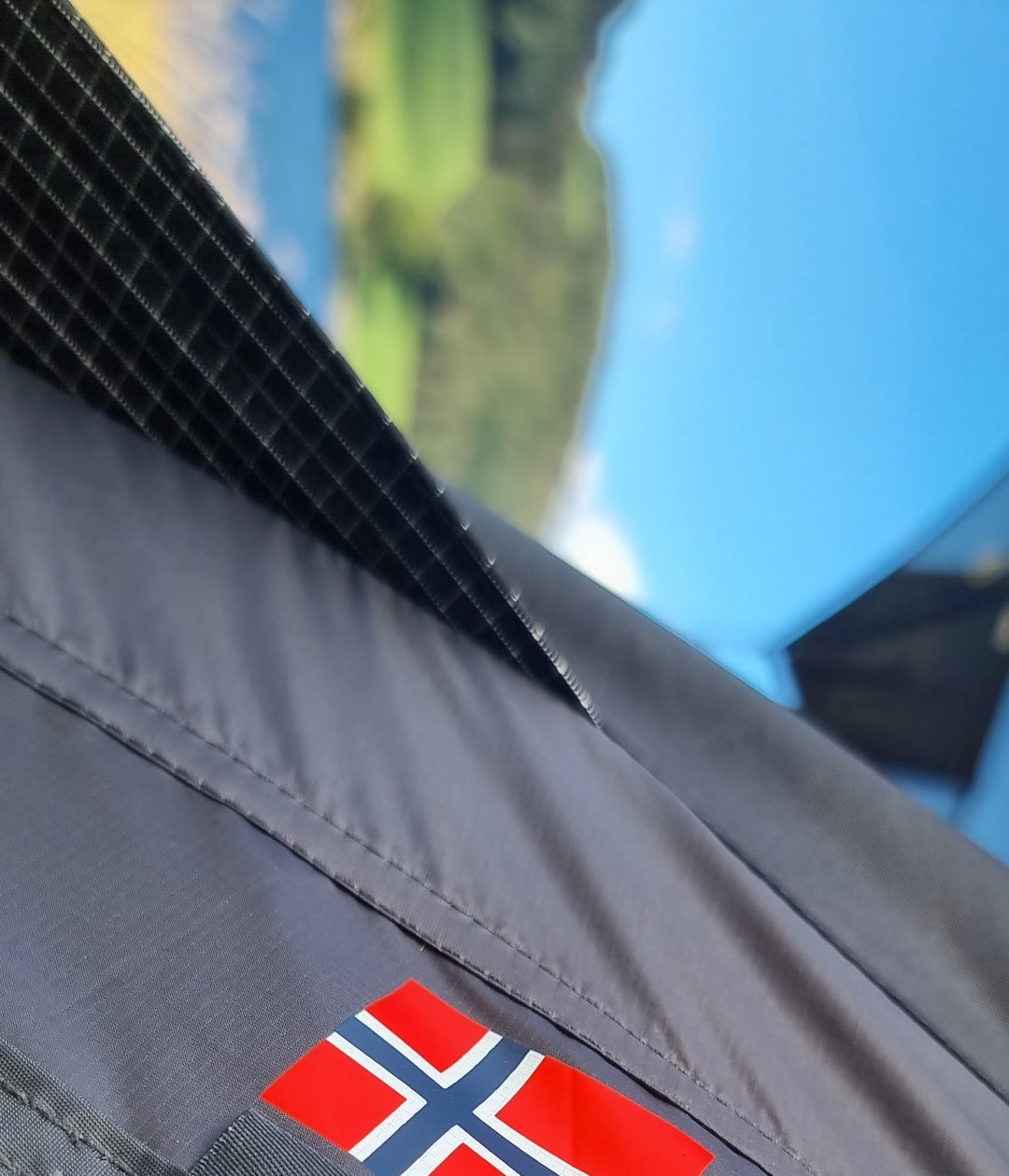
All exposed areas on the outer fabric are reinforced with Dyneema fabric. Dyneema is considered the worlds strongest fabric. . Dyneema is a type of synthetic fiber that is as mentioned known for its extreme strength and lightweight nature. It...
Continue reading
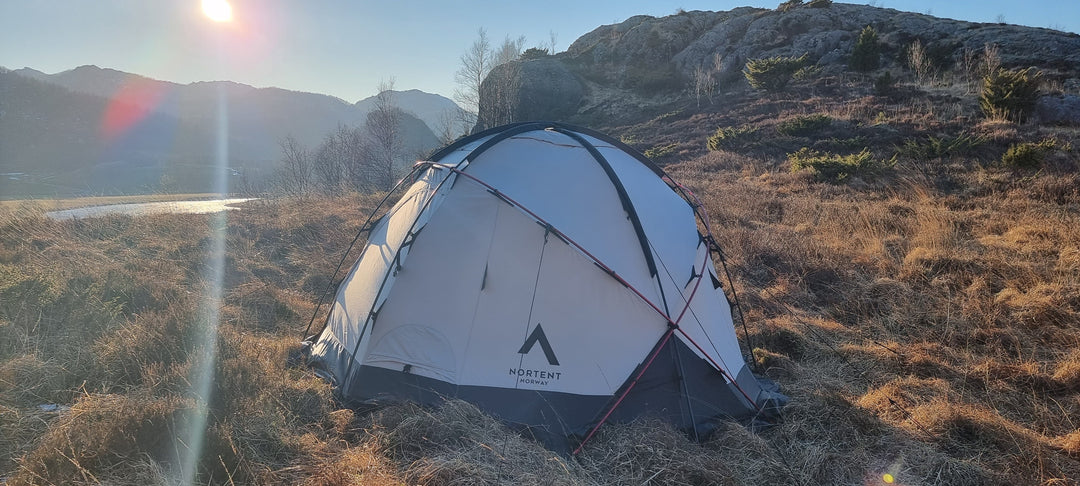
With breathable polycotton fabric you avoid condensation on the inside walls of the outer tent. Most tent fabrics need some kind of waterproof coating to make it waterproof. But with polycotton much of the "waterproofing" work is done by the...
Continue reading
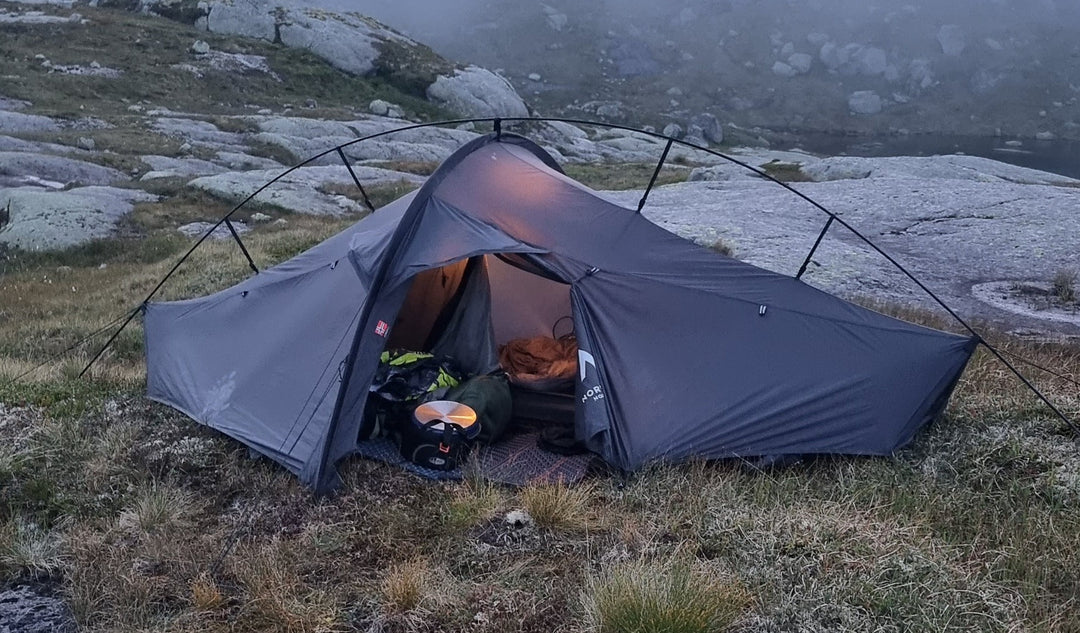
When it rains, is damp, and/or cool, we strongly recommend an inner tent if you do not have the opportunity to use a wood stove. On particularly windless days with a lot of rain, you will experience condensation on the...
Continue reading
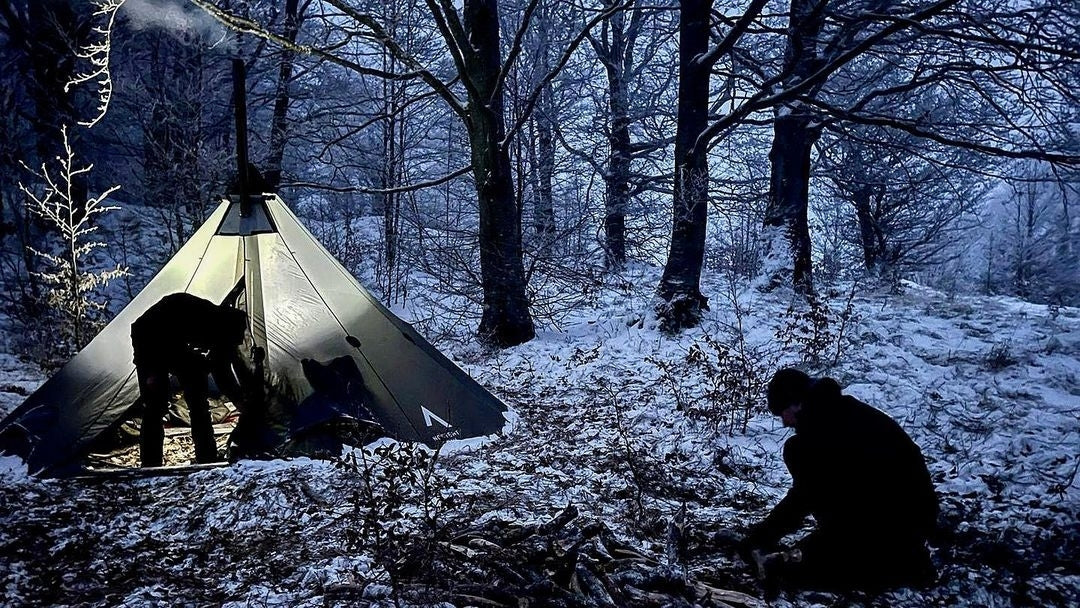
Being able to feel warm, dry and safe in a tent is something we all prefer on an expedition. It goes without saying that it should be waterproof. One should not be worried about whether the tent can withstand the...
Continue reading
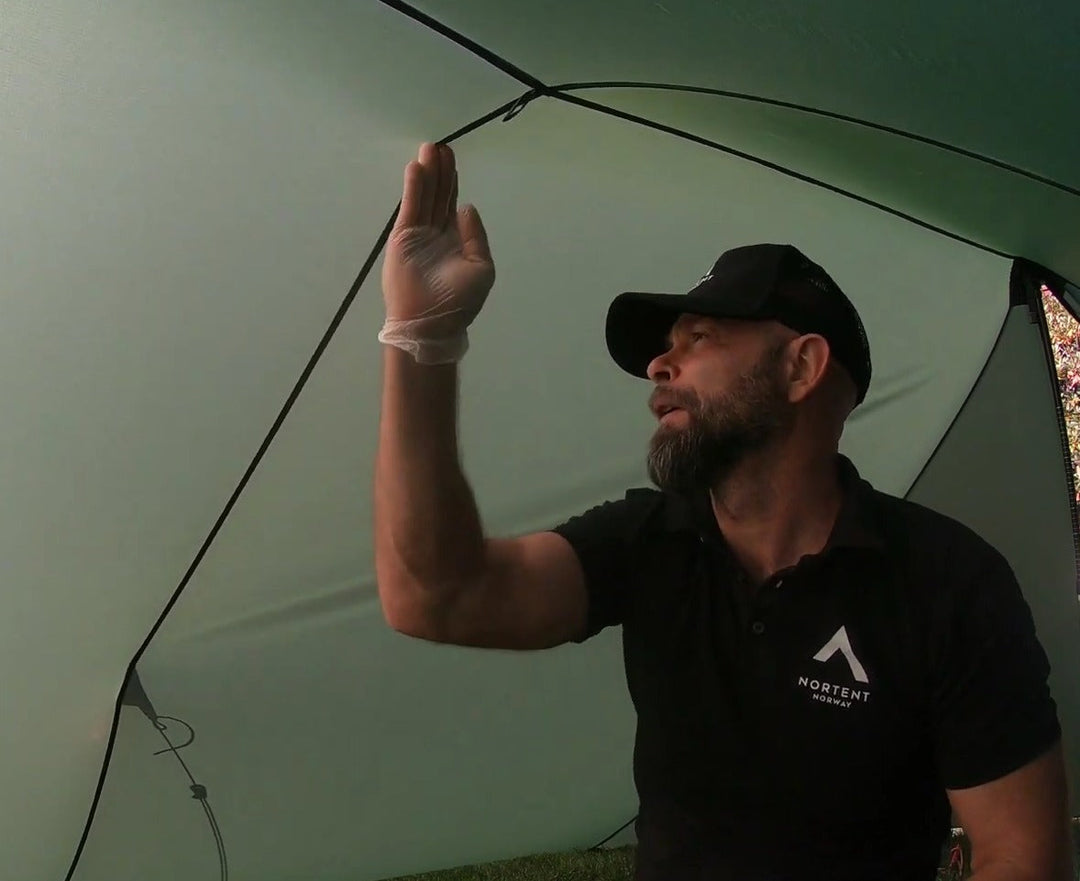
Ensuring the waterproof integrity of the seams on our tents is crucial for a comfortable and dry outdoor experience. While we understand the expectation for impeccable seams right from the factory, it's important to highlight that, in most cases, seam...
Continue reading

